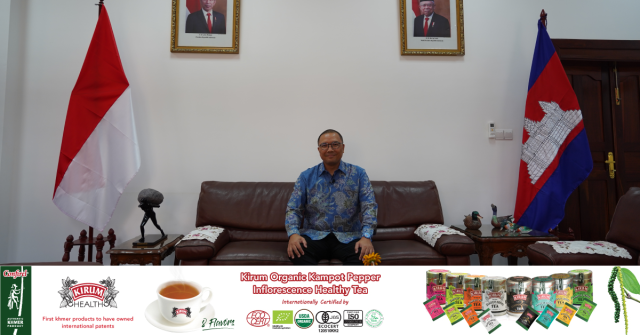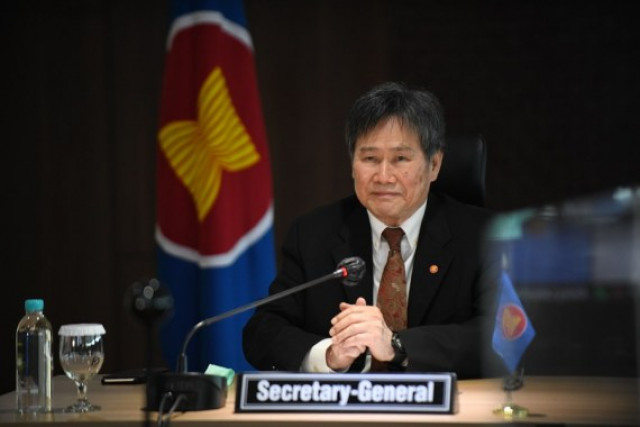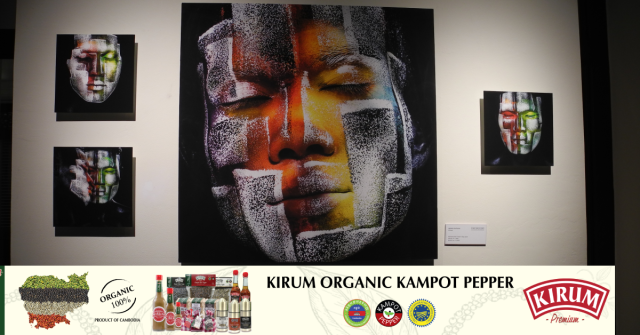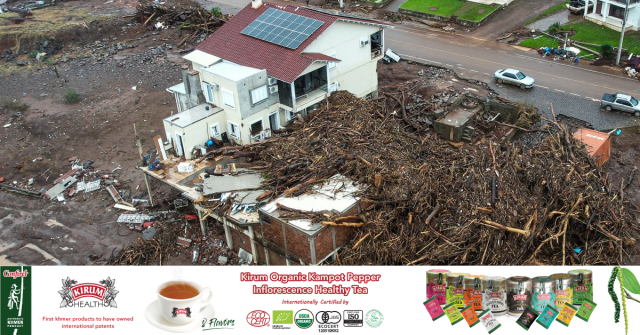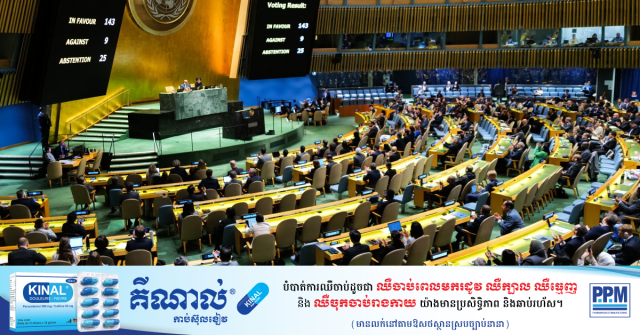Ek Phnom: Battambang’s Must-See 11th Century Temple
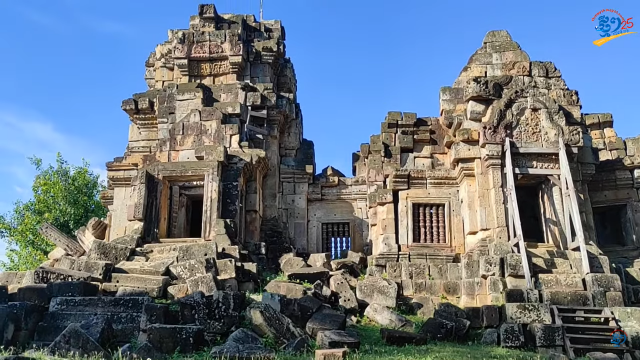
- By Nhem Chan
- August 16, 2022 1:01 PM
BATTAMBANG — Although there may be around 4,000 pre-Angkorian and Angkorian temples throughout the country, people in Cambodia have visited very few—if any—beside those in and around Angkor Park in Siem Reap Province. And yet, many of these temples have weathered time and the elements, and are well worth visiting. Among those is the Ek Phnom temple, which is located in Ek Phnom village in the northern part of Battambang Province, about 9 kilometers from Battambang City.
One of the distinctive aspects of this Hindu temple is the fact that its structure share similarities with the Angkor Wat temple in Siem Reap province. Its moat, which is one of the elements that contribute to its beauty, has been an important feature for Buddhist monks: They have used it for ceremonies for centuries.
According to Kim Sophoan, director of the Department of Culture and Fine Arts for Battambang province, the Ek Phnom temple was built during the reign of King Suryavarman I who ruled the country in the first part of the 11th century. During his reign, most of the temples were built with sandstones, laterite and baked clay, Sophoan said. Elements of Ek Phnom such as a wall around the central tower and the moat would also feature at Angkor Wat that would be built a century later, he said. In order to build a moat that would support the structure of the temple, sand was used as a reinforcing element, Sophoan said. With its unique properties, sand mixed with water could be used to strengthen the structure of the temple and help keep it standing straight, he explained.
Furthermore, since this is a Hindu temple, the moat around it was meant to represent the vast ocean surrounding Mount Meru that, in Hindu mythology, stands in the centre of the universe and is the home of the gods. Therefore, as the temple is also where a god resides, those who built it planned the moat so that, when viewed from a certain angle, a reflection in the water in the moat shows the temple as if it was floating or drifting above the clouds. This is one of the elements used to explain the importance of the moat, the other one being that the moat helped protect the temple from thieves and the country’s enemies who meant to attack the temple and steal.
As for the architectural features of this temple, it is built on a flat foundation with a rectangular layout. More than 85 meters long from west to east and 63 meters wide from north to south, Ek Phnom has two entrances, one on the east side and the other one the west side. To the south of the central tower, which is an important shrine for worshippers, is a library surrounded by a laterite yard.
On the stone inscription K.211 found at the Ek Phnom temple, 11 lines of text written in Sanskrit and Khmer state that the original name of this temple was Narendragrāma, or “The largest village of an elite on Earth.” While King Suryavarman I had this temple built during his reign in the first part of the 11th century, there is a 10-year discrepancy as to the date of its construction. Some researchers believe the temple was built in 1037 while others have interpreted this inscription as the temple having been built in 1027.
On the central door and the central tower, episodes from the Churning of the Ocean of Milk, which is a central event in Hindu mythology, are depicted. The sculpted scenes feature the mythical scene of the gods and giants dragging a dragon to obtain the elixir of immortality. The sculpted scenes also feature Shiva sitting on Nandi with his queen, Vishnu and Indra sitting on elephants, as well as other sculptures regarding Hindu myths.
Ek Phnom was greatly damaged by the elements in the course of the centuries, and due to war and looting over the recent decades. However, a technical team of the Ministry of Culture and Fine Arts has been conducting emergency restoration such as setting up support for the eastern staircase, reinforcing the western gate and sections of the central tower. The ministry’s restoration team has also worked on the sculptures.
Despite its state, this temple remains an impressive monument. Set among trees that shade it, Ek Phnom enables visitors to spend moments in peaceful surroundings in the shade of a 1,000-year-old monument.
Originally written in Khmer for ThmeyThmey25, this story was translated by Cheng Ousa for Cambodianess








